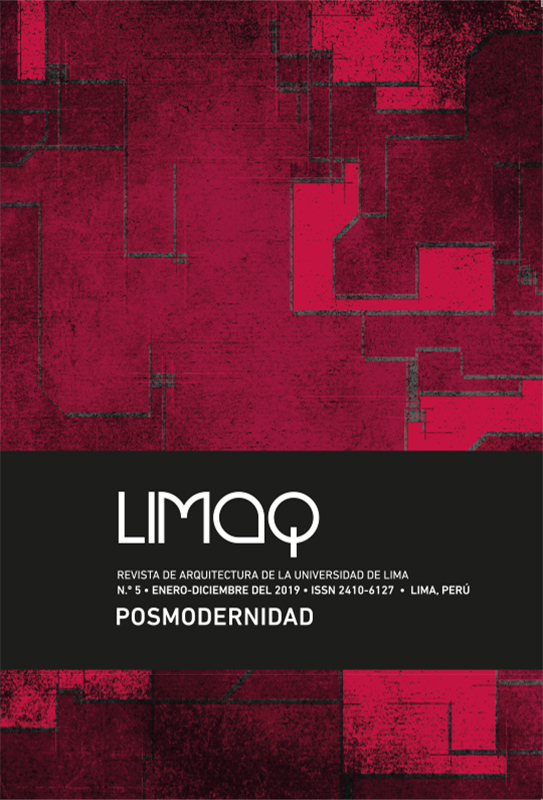The unfinished language of the Peruvian peripheral-neighborhood architecture. A contrast between globalization and dwelling
DOI:
https://doi.org/10.26439/limaq2019.n005.4531Keywords:
Dwelling, building, language, meaning, postmodernity, globalization, informalityAbstract
Every language, including the architectural one, is created so that a linguistic group is able to share a narrative that structures a type of reality. Taking into consideration the contemporary peripheral-neighborhood architecture in Peru, this paper aims to go deeper into the current space-time coordinates in which creations will be valid, and determine the current scales of values in which dwellers of these neighborhoods prioritize their requirements and turn them into esthetic products. On that basis, more than one attempt to build forms of communication that imbue with the support elements of buildings or that expand in the spaces segregated by these emerging dwellers can be recognized. In the middle of these confrontations, we discover the characteristics of this unfinished architectural language managed from dwelling.
Downloads
References
De Szyszlo, F. (1996). Miradas furtivas. Lima: Fondo de Cultura Económica.
Lipovetsky, G., y Serroy, J. (2015). La estetización del mundo. Barcelona: Anagrama.
Maillard, Ch. (2009). Contra el arte y otras imposturas. Valencia: Pre-Textos.
Mujica, H. (2008). La casa y otros ensayos. Madrid: Vaso Roto.
Puente Lozano, P. (2009). Viajes por los paisajes urbanos posmodernos. O de cómo ubicarse en medio del caos. Boletín de la Asociación de Geógrafos Españoles, (51), 275-304.
Ríos, G., y Zeballos, C. (2018). Poética de un mundo habitado. Arequipa: Universidad Católica de Santa María de Arequipa.
Vargas Llosa, M. (2012). La civilización del espectáculo. Lima: Alfaguara.
Zambrano, M. (2008). Hacia un saber sobre el alma. Madrid: Alianza Editorial.



